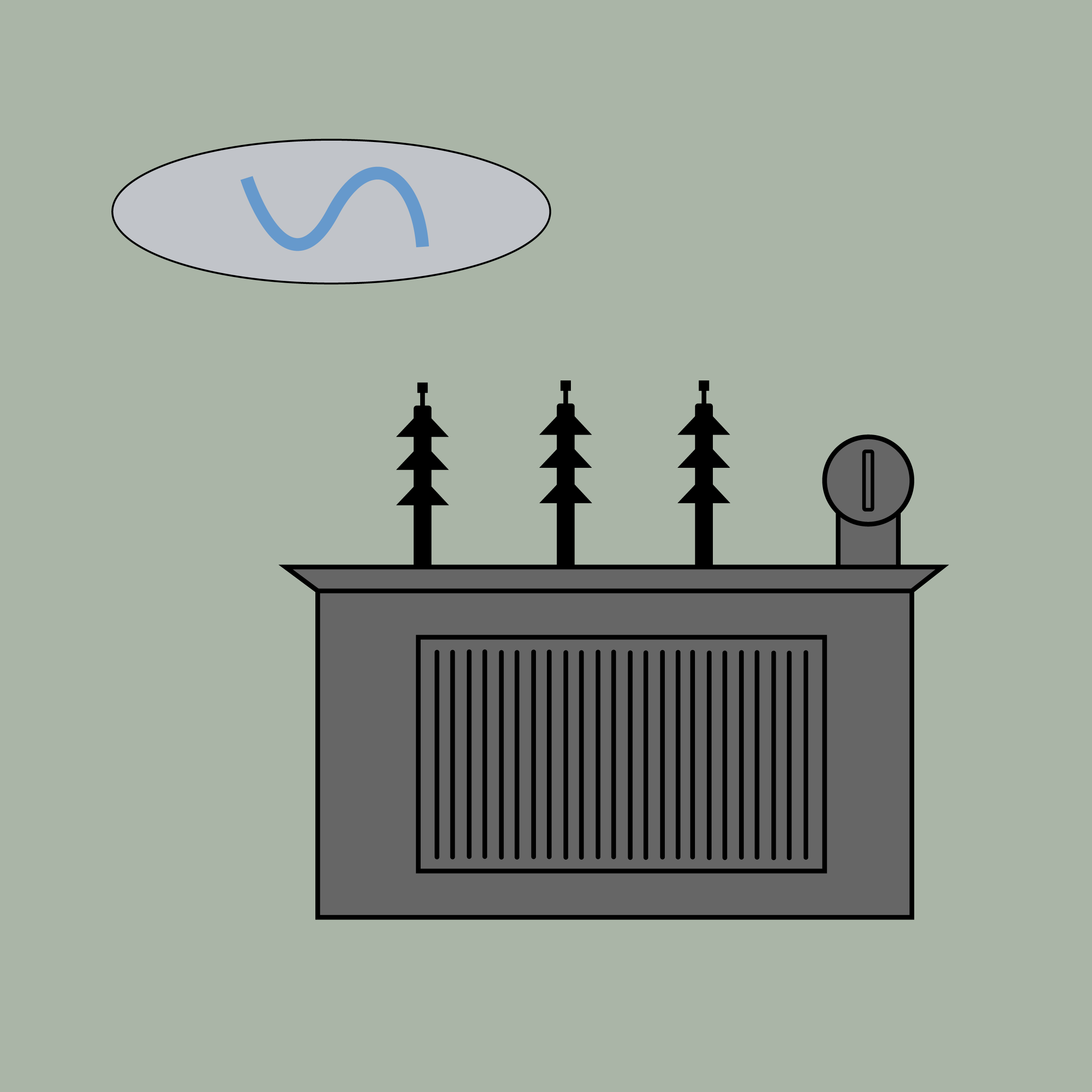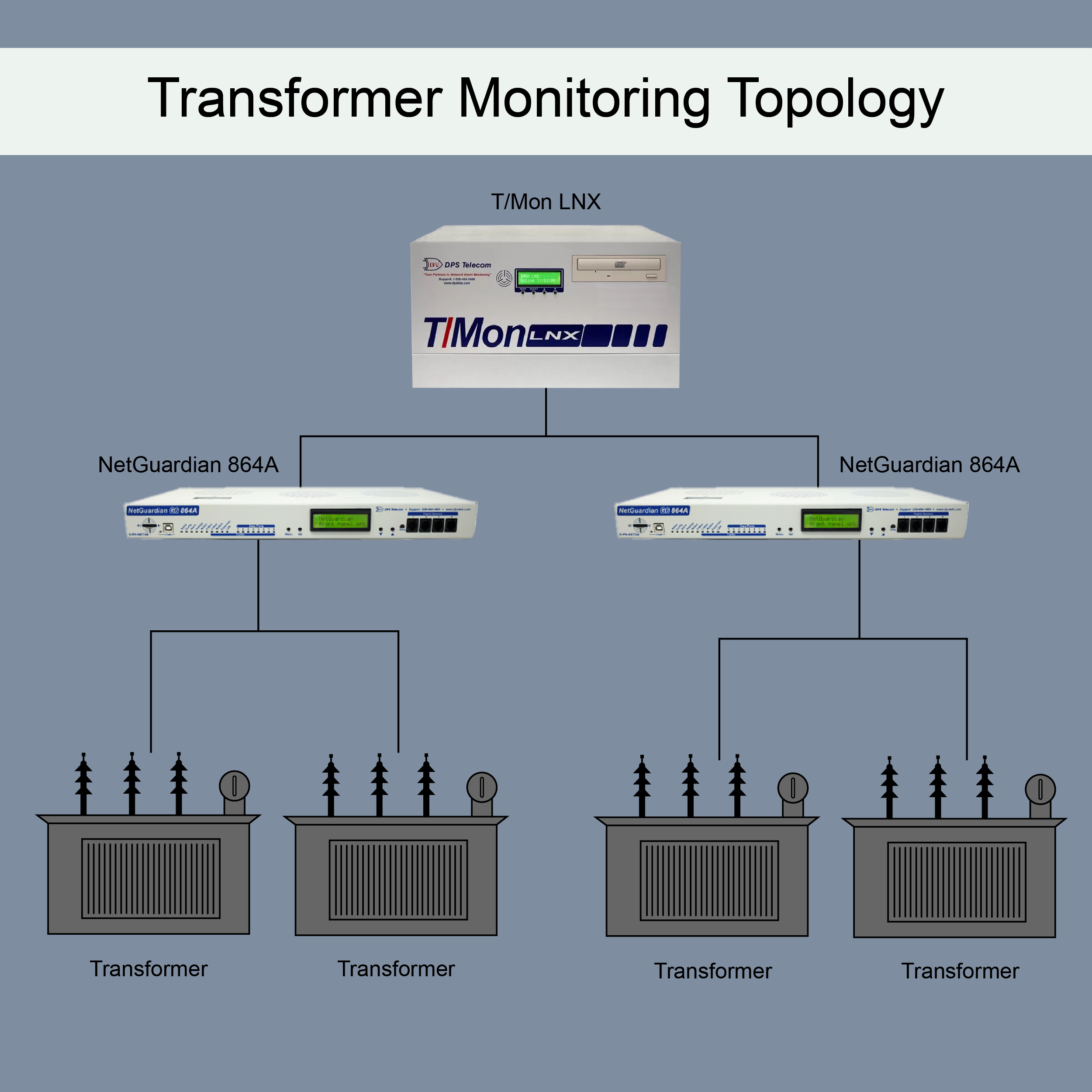Check out our White Paper Series!
A complete library of helpful advice and survival guides for every aspect of system monitoring and control.
1-800-693-0351
Have a specific question? Ask our team of expert engineers and get a specific answer!
Sign up for the next DPS Factory Training!

Whether you're new to our equipment or you've used it for years, DPS factory training is the best way to get more from your monitoring.
Reserve Your Seat TodayPartial discharge (PD) in transformers is an electrical phenomenon where localized discharges occur within the insulation system. These discharges don't cause a complete breakdown immediately. Instead, they can gradually erode the insulation material over time.
If you ignore partial discharges, they can lead to catastrophic transformer failures. This degradation compromises the reliability of transformers, key components in your electrical power systems.
Partial discharge typically happens because of voids, cracks, or impurities in the insulation. When these weak points are exposed to high voltages, they create pathways for discharges. Over time, this can cause long-term damage to your equipment.
Partial discharge starts as a minor issue but has the potential to escalate. This minor event can eventually crush the reliability of your entire electrical system.
If you rely heavily on transformers for consistent power distribution (this is common in utilities, telecommunications, or manufacturing), partial discharge poses a serious threat. Let's review the best ways to address this issue.

Ignoring partial discharge can lead to serious problems affecting both your operational reliability and financial health. A transformer breakdown due to partial discharge can cause unexpected downtime, which is costly.
Service interruptions reduce operational efficiency and also damage your company's reputation. This is especially true in sectors like telecommunications or energy. Customers there expect uninterrupted service.
Partial discharge also damages your physical infrastructure. The insulation materials in transformers degrade faster under continuous discharge activity. Over time, this can result in total transformer failure, requiring expensive repairs or replacements.
Unfortunately, your problem doesn't stop at equipment costs. There's also the potential for safety hazards. Partial discharge can cause internal electrical arcing. That increases your risk of fires or explosions, especially in high-voltage environments.
Ignoring partial discharge also leads to legal and regulatory consequences. Many industries operate under strict regulations for equipment maintenance and safety standards. Failing to take preventive measures against partial discharge can result in non-compliance.
Non-compliance leads to hefty fines and legal repercussions. Worse still, safety violations related to partial discharge could endanger human lives, triggering needless lawsuits and liability.
Ultimately, the real pain comes from the unpredictability and potential costs of dealing with a PD-related transformer failure. You might face unscheduled downtime, massive repair bills, and even regulatory fines. All of these could have been avoided with good monitoring and maintenance.
While the risks of partial discharge are well-known, some companies still use outdated or ineffective methods to manage this problem.
One common practice is performing routine physical inspections of transformers. Technicians visually inspect the equipment and use diagnostic tools to check for insulation weaknesses or signs of partial discharge.
Despite being "better than nothing" (which is true), these inspections often miss early-stage PD issues, especially when they occur between scheduled checkups.
Another common strategy is relying on scheduled dielectric tests. These evaluate the insulation's ability to resist electrical breakdown. This method - although helpful - only provides a snapshot of the insulation's condition at a specific time. Since partial discharge is ongoing, these intermittent tests can't always detect PD early and prevent equipment damage.
Another disadvantage is that these tests often require shutting down the transformer temporarily. This can lead to (relatively minor, but still significant) operational disruptions.
Another method involves deploying sensors that detect PD activity. However, many of these systems only capture limited data. The information provides surface-level insights without giving a full picture. These setups may alert technicians when partial discharge is already causing damage but fail to provide real-time data to catch it before it escalates.
The truth is that partial discharge requires continuous, real-time monitoring. Spot checks and scheduled tests, while valuable, don't provide the early detection necessary to mitigate the problem effectively.
The best way to manage partial discharge is to use a monitoring system providing continuous, real-time data on transformer health. Instead of relying on occasional inspections or tests, this system delivers constant data. This continuous information allows you to identify partial discharge issues before they become more serious problems.
You need a complete remote monitoring system that tracks key parameters like insulation resistance, voltage variations, and temperature changes.
A central master station plays a crucial role in this setup. It consolidates data from all your transformers and related equipment, providing a single, unified interface for monitoring.
Having a single, unified interface gives you a comprehensive view of transformer health. This setup eliminates the need to switch between multiple systems or interfaces. In other words, you need a solution that centralizes your monitoring into a "single pane of glass" for easy management.

Your monitoring system should integrate with both modern and legacy equipment. This flexibility ensures that all relevant data points are captured, regardless of transformer type or manufacturer. Managing data from multiple protocols, including older systems, means you don't have to replace all your equipment to use modern monitoring technology.
Your system should also offer automated alerts and customizable thresholds. This allows you to set specific parameters for when you should be notified of partial discharge activity.
This way, you can focus on other tasks until the system detects something abnormal. When partial discharge is detected, the system sends immediate notifications, allowing you to perform a quick intervention before serious damage occurs.
DPS Telecom provides solutions specifically designed to help you monitor and prevent partial discharge in transformers. For example, the T/Mon LNX consolidates data from your entire transformer network, offering a centralized control point for all monitoring activities. With T/Mon LNX, you can easily integrate monitoring data from both new and legacy transformers, ensuring comprehensive coverage of all your equipment.
The NetGuardian RTUs (Remote Telemetry Units) also serve as highly effective data collectors. These devices capture real-time data from transformers and other critical equipment. They provide information on temperature, voltage, current, and other factors that could signal partial discharge.
As one specific RTU example, the NetGuardian 864A offers advanced monitoring features like SNMPv3 support and a web-based interface for easy configuration and management. With these RTUs, you can monitor remote transformers without being physically present. This remote access reduces time and labor costs associated with manual inspections.
Combining the T/Mon master station and NetGuardian RTUs provides an effective solution for managing transformer health (and many other important remote-site values). Together, these devices allow you to collect, centralize, and analyze critical data across your entire network.
Partial discharge in transformers is a serious issue that leads to costly repairs, unexpected downtime, and potential safety hazards. Traditional methods - like periodic inspections and manual tests - can't fully prevent these risks. By implementing a real-time monitoring solution, you can stay ahead of partial discharge and ensure your transformers operate reliably and efficiently.
DPS offers several tools you can use to meet this challenge. The T/Mon LNX master station and NetGuardian RTUs provide comprehensive monitoring capabilities, keeping you informed about the health of your transformers at all times. Don't wait until a transformer fails. Take proactive steps to protect your equipment and your business.
To learn more about using DPS gear to monitor and manage partial discharge in transformers, contact our team today. Our experts are ready to help you find the perfect solution for your needs.
Call (800) 622-3314 or email sales@dpstele.com now and start protecting your transformers before it's too late.

Andrew Erickson
Andrew Erickson is an Application Engineer at DPS Telecom, a manufacturer of semi-custom remote alarm monitoring systems based in Fresno, California. Andrew brings more than 19 years of experience building site monitoring solutions, developing intuitive user interfaces and documentation, and opt...